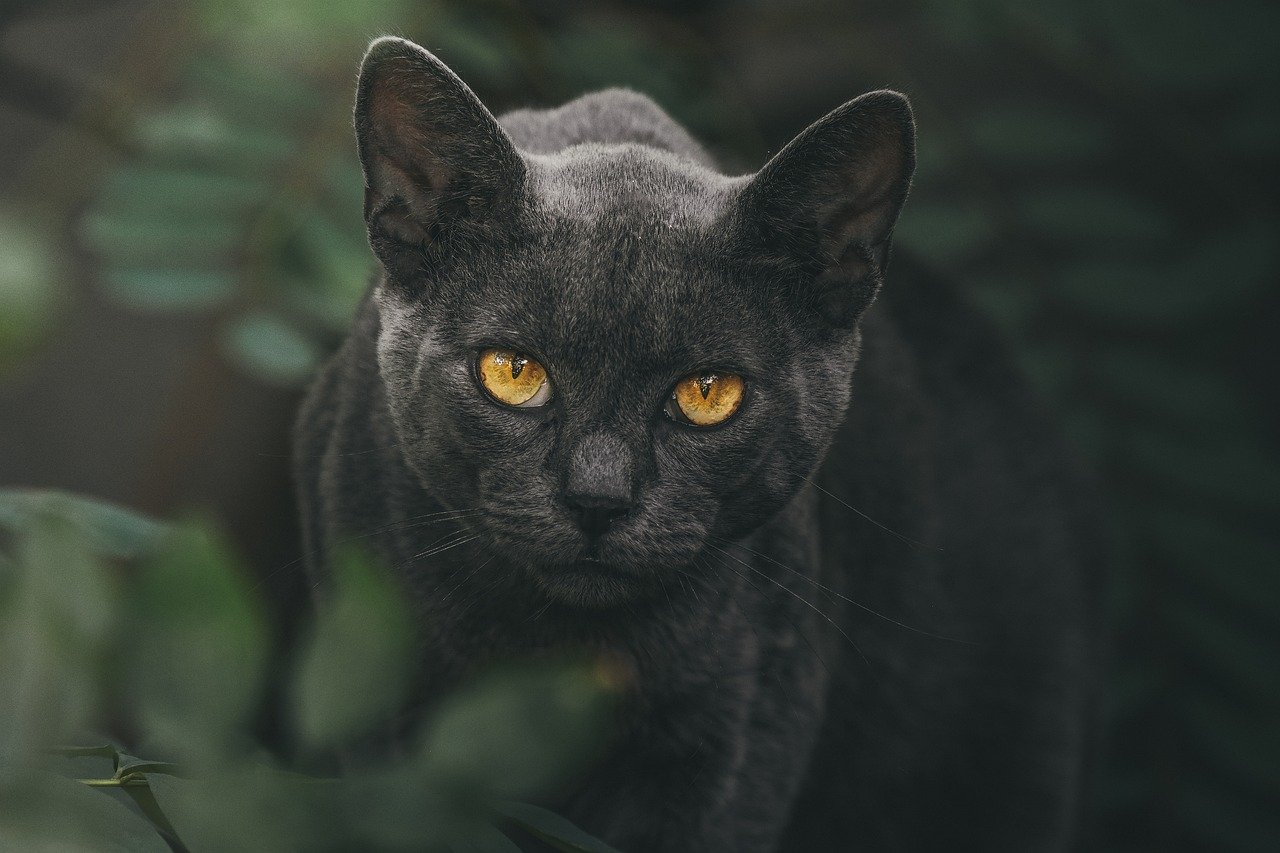When it comes to understanding our feline friends, eye contact is a subtle yet powerful form of communication. Cats, with their mysterious glances and seemingly indifferent stares, actually convey a wealth of information through their eyes. While humans often rely on verbal communication, cats use their eyes to express emotions, intentions, and to build lasting relationships. For cat enthusiasts, understanding these non-verbal cues can deepen the bond between humans and their furry companions.
The Language of Cat Eyes
Cats have a unique way of communicating using their eyes, often regarded as their secret language. Unlike dogs, who may look you in the eye to show affection, cats use eye contact more sparingly and deliberately. A direct stare can mean different things, from curiosity to a challenge, depending on the context. Cats often communicate with a “slow blink,” which is akin to a cat’s version of a smile. This gentle closing and opening of the eyes is a sign of trust and affection, akin to saying “I love you” in cat language.
Understanding the Slow Blink
The slow blink is a magical moment between cats and their humans. When a cat slowly blinks at you, it is their way of saying they trust you and feel comfortable in your presence. This gesture is often reciprocated by cat owners, who return the slow blink to show mutual trust. It’s a silent conversation where actions speak louder than words. In multi-cat households, cats may slow blink at each other as a peace offering, indicating that they mean no harm.
Direct Stares and Their Meanings
Direct stares from cats can be a bit perplexing for many cat owners. While a long, unbroken gaze might feel intimidating, it can actually mean several things. Sometimes it signals curiosity, as if a cat is trying to figure you out. Other times, it can indicate a challenge or dominance, especially if accompanied by a rigid posture. Understanding the context and body language accompanying the stare is crucial for interpreting what your cat is trying to convey.
Using Eye Contact to Establish Trust
Building trust with a cat often involves understanding and respecting their comfort levels with eye contact. For a new cat in the household, avoiding direct eye contact initially can help them feel less threatened. Gradually, as they become more comfortable, you can engage in slow blinking to show that you are not a threat. Over time, this gentle exchange can lay the foundation for a trusting relationship, allowing the cat to feel secure in their environment.
Eye Contact in Multi-Cat Households
In households with multiple cats, eye contact plays a crucial role in establishing social hierarchies and maintaining peace. Cats often use eye contact to negotiate space and resources, such as food and sleeping areas. A dominant cat might use a direct stare to assert their authority, while a submissive cat may avert their gaze to avoid confrontation. Observing these interactions can provide valuable insights into the social dynamics within a multi-cat household.
The Role of Pupil Dilation
A cat’s pupils can reveal a lot about their emotional state. When a cat’s pupils dilate, it often indicates excitement, fear, or even aggression. Conversely, constricted pupils can signal contentment or focus. Understanding these subtle changes can help cat owners respond appropriately to their pet’s needs and emotions. For instance, a cat with dilated pupils might be overstimulated or anxious, requiring a calm and soothing environment.
Recognizing the Signs of Affection
Cats have their own unique ways of showing affection, and eye contact is a significant part of that expression. In addition to the slow blink, cats may gaze softly at their owners while purring or kneading. These actions, combined with eye contact, signal a deep bond and affection. Recognizing and reciprocating these gestures can strengthen the emotional connection between cats and their humans, fostering a loving and harmonious relationship.
Interpreting Eye Contact During Play
During playtime, eye contact between cats and their owners can enhance the experience. A cat might lock eyes with you just before pouncing on a toy, indicating their focus and anticipation. This shared gaze can create a sense of partnership and understanding, making playtime more engaging and enjoyable for both parties. It’s important to be attentive to these cues, as they help build a rapport and mutual enjoyment during interactive activities.
Using Eye Contact for Training

Eye contact can be a valuable tool in training and communicating with cats. By establishing a connection through eye contact, you can hold a cat’s attention and reinforce positive behaviors. For example, using eye contact in conjunction with verbal cues and treats can help teach commands or tricks. This method not only aids in training but also strengthens the bond between you and your feline companion, fostering a sense of cooperation and mutual respect.
Building a Lasting Connection Through Eye Contact
Ultimately, eye contact is a powerful tool for building and maintaining a lasting connection with your cat. By understanding and responding to your cat’s eye cues, you can create a deeper bond based on trust and mutual understanding. Whether it’s through a gentle slow blink, recognizing signs of affection, or using eye contact in training, these moments of connection enrich the relationship between cats and their human companions.

Growing up traveling and experiencing new cultures and wonders, I have had a passion for nature, adventuring, photography, and videography. I am currently working towards a BSc in Biodiversity and Ecology at Stellenbosch University, and I hope to specialise in Marine Sciences one day.
Please send any feedback to Feedback@animalsaroundtheglobe.com



